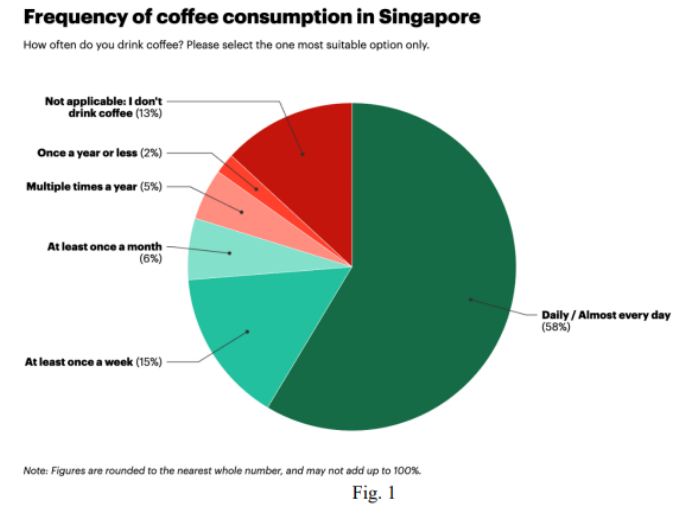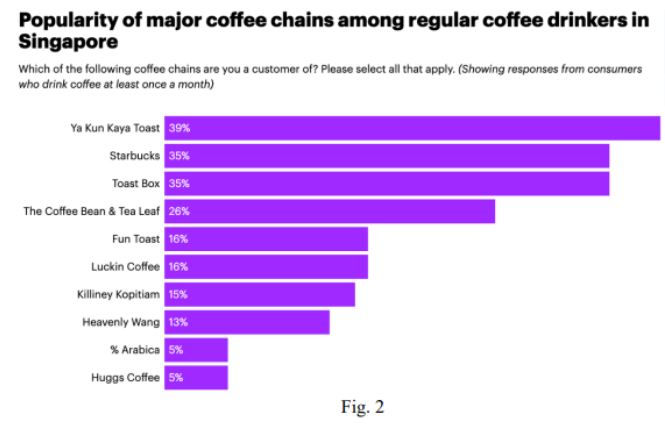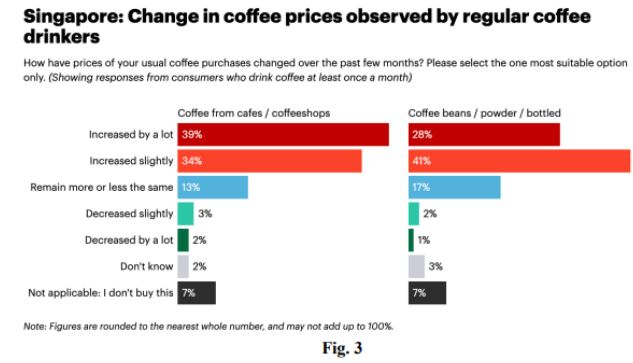| Category | Assignment | Subject | Marketing |
|---|---|---|---|
| University | Singapore University of Social Sciences (SUSS) | Module Title | MKT362 Pricing |
From international coffee chains or specialty cafes and traditional kopitiams serving Singapore style traditional brew coffee, connoisseurs and casual drinkers are spoilt for choice as they decide between kopi siew dai for S$1.20 or iced mocha latte of few times more at S$7. However, with coffee prices at their highest since the 1970s, businesses and consumers weigh the cost as the upward trend looks set to continue.
Keith Kang, the owner of Great Nanyang Heritage Cafe, was forced to adjust his traditional brew coffee recipe this year when he observed that the quality of his coffee powder had dropped. His coffee supplier had been unable to secure coffee beans from its usual farm in Indonesia due to low production and had to turn to another farm, albeit of a lower quality. Kang says that an 8 kg carton of coffee powder had gone up from S$70 a year back, to more than S$100 now. To ensure that the quality of his cafe’s coffee stayed the same, he used much more coffee powder than before to make up on taste. “We had no choice because coffee is our signature item and our cafe wants to maintain our quality,” says Kang.
Market leaders of traditional brew coffee such as Toast Box, Ya Kun Kaya Toast, Killiney Kopitiam, Heavenly Wang and Fun Toast have seen coffee bean prices shot up by more than 60 per cent in the last year. Toast Box raised its menu prices twice in the same year, citing elevating ingredient and operating costs. Price hikes by coffee chains earlier this year had caused consternation among consumers. Business owners say that cost pressures from manpower, rent and utilities, on top of rising coffee bean prices by suppliers leave them no choice but to hike coffee prices.
Do You Need MKT362 Assignment of This Question
Order Non Plagiarized AssignmentHawkers are hesitant to increase their prices too much, lest they lose customers. Currently for homegrown traditional brew, a cup hover at about S$2. Regulars just want that cup of coffee to taste the same every single day. While traditional brew coffee is a staple at local coffee shops and hawker centres, specialty coffee chains and cafes such as Starbucks, The Coffee Bean & Tea Leaf, and Luckin, that tout the traditional brew as their selling point have also become commonplace across the island over the last two decades. For speciality coffee, consumers appreciate the differences in the taste profile of coffee beans, where the price of the coffee is not justified by the taste or size of the cuppa. Their premium coffee beans, specialised roasting and brewing methods set their beverages apart.
Dr Wang Peng, a business analytics lecturer at the Singapore University of Social Sciences (SUSS) postulates: “Coffee chains need to find their unique value proposition and cater to a specific target audience effectively. In a mature coffee market like Singapore, where consumers have access to a wide range of coffee options, both budget-friendly and high-end, strategic positioning becomes critical.”
Dr Vanessa Liu, an associate professor at SUSS’ marketing program, reasons: “Singapore’s growing local affluence undoubtedly contributes to the continuously expanding demand for coffee in the country. The surge in coffee consumption and the increased demand for coffee shops or chains are not solely driven by basic needs. What locals truly desire is not just the nutritional value of coffee but rather the lifestyle symbolised by the coffee culture.”
While getting a caffeine kick was top priority in the past, “third wave” coffee drinkers who are discerning consumers, are conscious of the beverage’s supply chain, its social and environmental footprints, and coffee quality which has elevated coffee’s status to one almost synonymous with the “finer way of life” today. As such, sustainable alternatives to coffee have popped up such as Singapore-based Prefer Coffee, and The Perfect Daily Grind. The bean-less coffee is made with bread, soya bean pulp and barley grains. In the shorter term though, consumers appear resigned that their cup of coffee will cost more.
Refer to the following infographics.

Buy Answer of This Assignment & Raise Your Grades
Order Non Plagiarized Assignment

Adapted from: The Business Times’s article “Caffeine High: How expensive can your kopi get” on Nov 30, 2024, and Campaign Asia’s article on Rising coffee prices force consumers to rethink their rituals on Aug 30, 2024.
Achieve Higher Grades with This Assignment Solutions
Order Non Plagiarized AssignmentBuy Answer of MKT362 Assignment & Raise Your Grades
Request To By AnswerAre you struggling with your assignment MKT362 Pricing? Look no further! We are here for marketing assignment help. We also provide free assignment solutions that have written by PhD expert writers original content, no plagiarism! Plus, we also provide assignment help, that too by completing it before the deadline. Quality and accuracy are taken care of completely. So contact us today and be stress-free!
Let's Book Your Work with Our Expert and Get High-Quality Content
